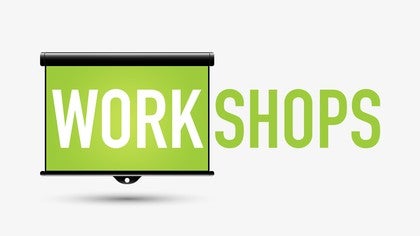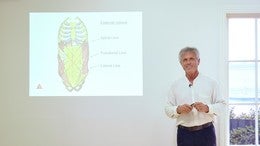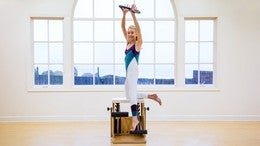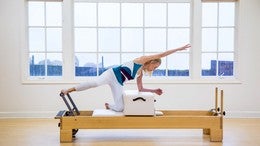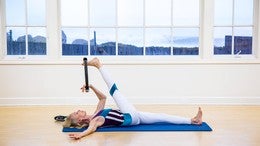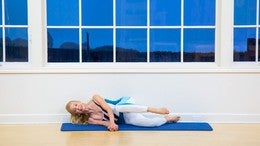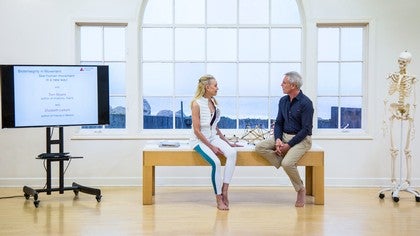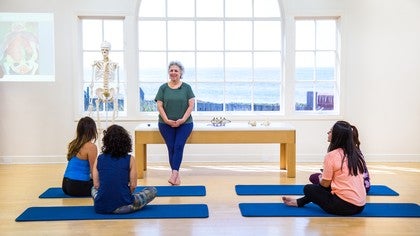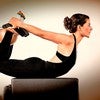Premium Continuing Education workshop
You can view a 2 minute preview. For details, scroll down below the video.
Workshop #3344
Biotensegrity of Movement
Description
Objectives
- Learn about biomechanics and how everything in the body is connected
- Learn about the relationship between tension and compression and how we use both of them in each movement
- Learn how we can use tensegrity to keep the elongation in our bodies so that we can move efficiently and with ease
About This Video
Continuing Education Credits
If you complete this workshop, you will earn:
2.0 credits from Pilates Association Australia (PAA)
The Pilates Association Australia (PAA) is an independent and not-for-profit organization established by the Pilates industry as a regulatory body for control of quality instruction, member support, and integrity within all legitimate approaches to the Pilates Method.
3.0 credits from National Pilates Certification Program (NPCP)
The National Pilates Certification Program is accredited by the National Commission for Certifying Agencies (NCCA)
Workshops: Anatomy and Fascia
Comments
Definitely my new go to so I can try to explain to my clients. Thank you Tom & Elizabeth. I hope there is more to come.
You need to be a subscriber to post a comment.
Please Log In or Create an Account to start your free trial.
